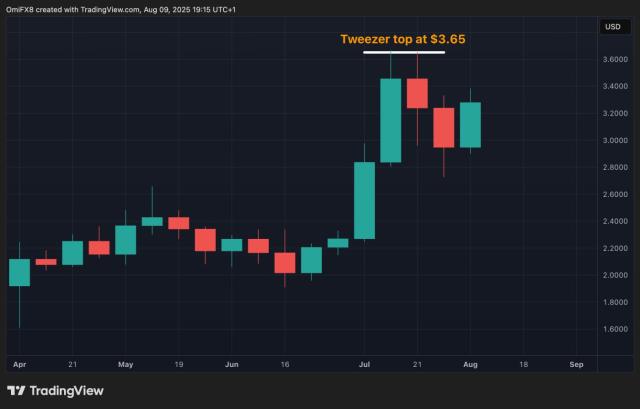Chainfeeds Briefing:
The applications that will define the next crypto era will not simply mimic Web2. They will be native to the new internet, possessing emotional appeal, extreme conciseness, and user ownership at their core. Web3 empowers users with superpowers: they not only use applications but also own a part of them, participate in decision-making, and freely carry their assets and identity across platforms.
Article Source:
https://x.com/hazeflow_xyz/status/1953130715287040307
Article Author:
Hazeflow
Perspective:
Hazeflow: Over the past 15 years, the crypto industry has gone through a long phase dominated by infrastructure. Developers have spent considerable time on the reliability and scalability of underlying architectures, from building public chains, consensus mechanisms, wallets, cross-chain bridges, and oracles to financial primitives. Bitcoin achieved banking-free currency, Ethereum explored code as law, DeFi demonstrated financial activities without intermediaries, Non-Fungible Tokens brought programmable ownership... However, all these innovations were constrained by scalability, latency, and complexity, making them difficult to become everyday applications. Yet, this situation is changing. With significant improvements in on-chain performance, crypto applications are gradually achieving speeds and usability comparable to Web2. Stablecoin daily transaction volumes have far exceeded traditional payment networks; high-performance DEXs like Hyperliquid are abstracting on-chain complexity to match centralized exchanges; Polymarket demonstrates scalable prediction markets, and Pump.fun has transformed memecoins into liquid social currencies. These signs indicate that usability has become the core feature of a new crypto phase - the application era is opening up. Traditional Web2 applications build moats through APIs and data monopolies, while Web3 focuses on openness, composability, and verifiability. All on-chain actions are public, enabling anyone to build their own Uniswap frontend or analyze all OpenSea transactions without an API Key. Web3 users have data sovereignty, and thanks to ZK, MPC, and other privacy technologies, they can freely decide when and to whom they share data. Moreover, governance rights are distributed to users through tokens, making them true participants and decision-makers rather than products. Application functions are also more easily composable: a game's Non-Fungible Token can be used for DeFi collateral, as a DAO membership credential, or even for cross-chain communication. More importantly, wallets as a unified interface for identity and payment have fundamentally transformed the paradigm of login-to-participate and payment-as-ownership. Unlike Web2's nested payment systems, Web3 applications have native value transfer, with governance, incentives, and identity merged on-chain. These differences constitute Web3's unique technological and economic structure, determining that its applications will differ from previous iterations. To measure which crypto applications have the potential to become truly daily-use apps, the author proposed the Everyday App framework. The assessment is divided into four categories: pre-use (onboarding), during use (experience and functionality), post-use (revisit likelihood), and crypto-native value (such as data sovereignty, open governance, composability). Each dimension is scored 0-3 and normalized to a ten-point scale. The evaluation results show that while Pump.fun is highly attractive in core functionality, it scores low in governance and composability; Polymarket has a low entry barrier and clear purpose but struggles with long-term retention; Hyperliquid scores excellently across almost all dimensions, being the product closest to mainstream trading experience; Farcaster has a higher user threshold but advantages in decentralization and ecosystem vibrancy. In summary, crypto applications are no longer merely a showcase of technological stacks but are developing towards a balance of user experience and emotional resonance. The infrastructure is now robust enough that what will truly determine crypto's widespread adoption is whether it can make users want to use it every day.
Content Source








